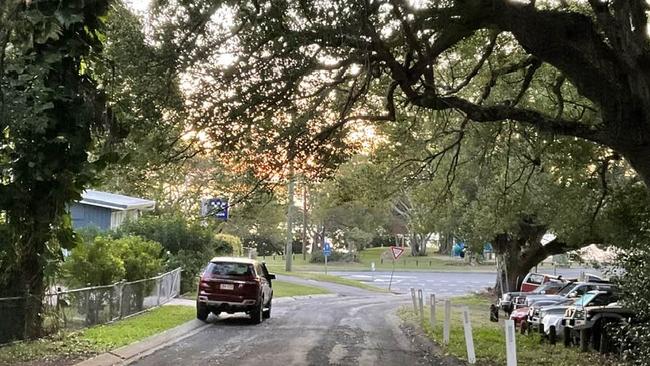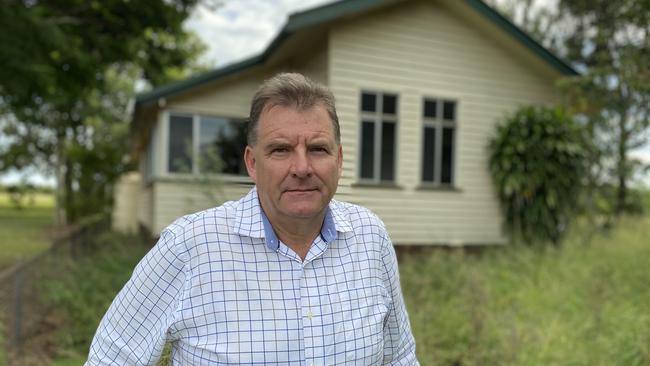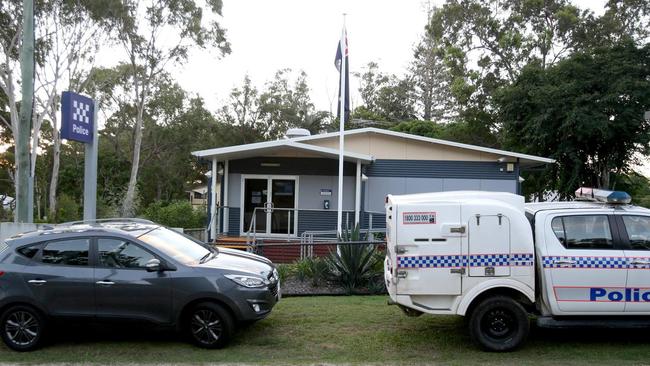Islands accommodated as state pushes to fill empty houses for remote workers to ease pressure on private rentals
A bayside region has the southeast’s highest number of state-owned houses for employees, according to data released this week which also showed a startling vacancy rate for state social housing.

Logan
Don't miss out on the headlines from Logan. Followed categories will be added to My News.
The state government is clamping down on the number of vacant houses it owns after figures released this week showed 37 houses for state employees were currently vacant.
The figures on housing for employees coincided with data showing 434 social housing homes were also empty for longer than 30 days.
The government owns 2866 houses for renting to state employees who work in remote areas across the state with 15 currently vacant and 22 out of use for maintenance and major repairs.
That number dropped from 28 vacancies this month as the state stepped up plans to reach full leasing capacity as part of its effort to solve the state’s housing crisis.
The data revealed that while the state’s social housing waiting list more than doubled to nearly 50,000 people, less than 1 per cent of the 2866 employee residences were vacant.
Although the majority of the houses for state employees are in remote and regional areas covered by the electorates of Cook, Traeger, Gregory, Warrego, Callide and Burdekin, eight are in the southeast.
None are in Logan, known for its lower socio-economic status after a University of Queensland study in 2011 and where 1229 people were registered as homeless at the 2016 census.
Redland city has the highest rate of government housing for employees.
Its island communities have three, with a house provided for the local police officer on North Stradbroke Island and one for the police officer on Macleay Island.
Staff working for the Health Department on North Stradbroke Island also have state government housing.
The state also provides three houses for staff in Lockyer, Pine Rivers and Scenic Rim.

The issue was raised in state parliament this week after Burnett MP Stephen Bennett highlighted two “perfectly good” school houses in his electorate had been vacant for more than a year because a school closed.
“There are state-owned homes dotted around the state that are sitting empty,” Mr Bennett said.
“I visited the Givelda School House which now needs its lawn mown and gutters cleaned, but is otherwise in good condition.
“It could be a family’s home, it could be crisis accommodation.”
Speaking out about the social housing vacancy rate, Shadow Housing Minister Tim Mander said it was disgraceful Queenslanders were sleeping rough while hundreds of social housing homes across the state sat empty.
“Queenslanders will be shocked to learn homes have sat empty for more than 400 days and 600 days, while others have been vacant for 892 days or 940 days,” he said.
“After close to three years, they’ve failed to fix three fire-damaged properties and make them suitable to live in them.
“It took six months to make a list of state-owned land, after saying it would only take three.”
But a Department of Energy and Public Works spokesman said the government was pushing to fill all houses — both social housing and those allocated for state staff — in an effort to take pressure off the private rental market.

“The state provides housing in remote and rural communities for frontline staff who are often living and working hundreds of kilometres from their original homes,” he said.
“These are also areas where private rental properties are often in high demand and short supply.
“As it is a benefit to the local community to not have government employees competing with private renters, it makes sense that they are housed in government-owned properties whenever possible.”
The department leases houses directly to all government agencies with rental costs determined by an independent valuer based on market rent or cost recovery rent.
Each government agency has its own attraction and retention policies to encourage critical frontline staff to take positions in these regional and remote locations.
Specific tenancy conditions and rental costs are negotiated between the staff member and their employer.
All properties are occupied for the maximum possible time, allowing that at any point in time a number will be vacant due to staff changeovers, maintenance, renovations and the like.
The department also routinely acquires and disposes of properties to match demand.
More Coverage
Originally published as Islands accommodated as state pushes to fill empty houses for remote workers to ease pressure on private rentals





